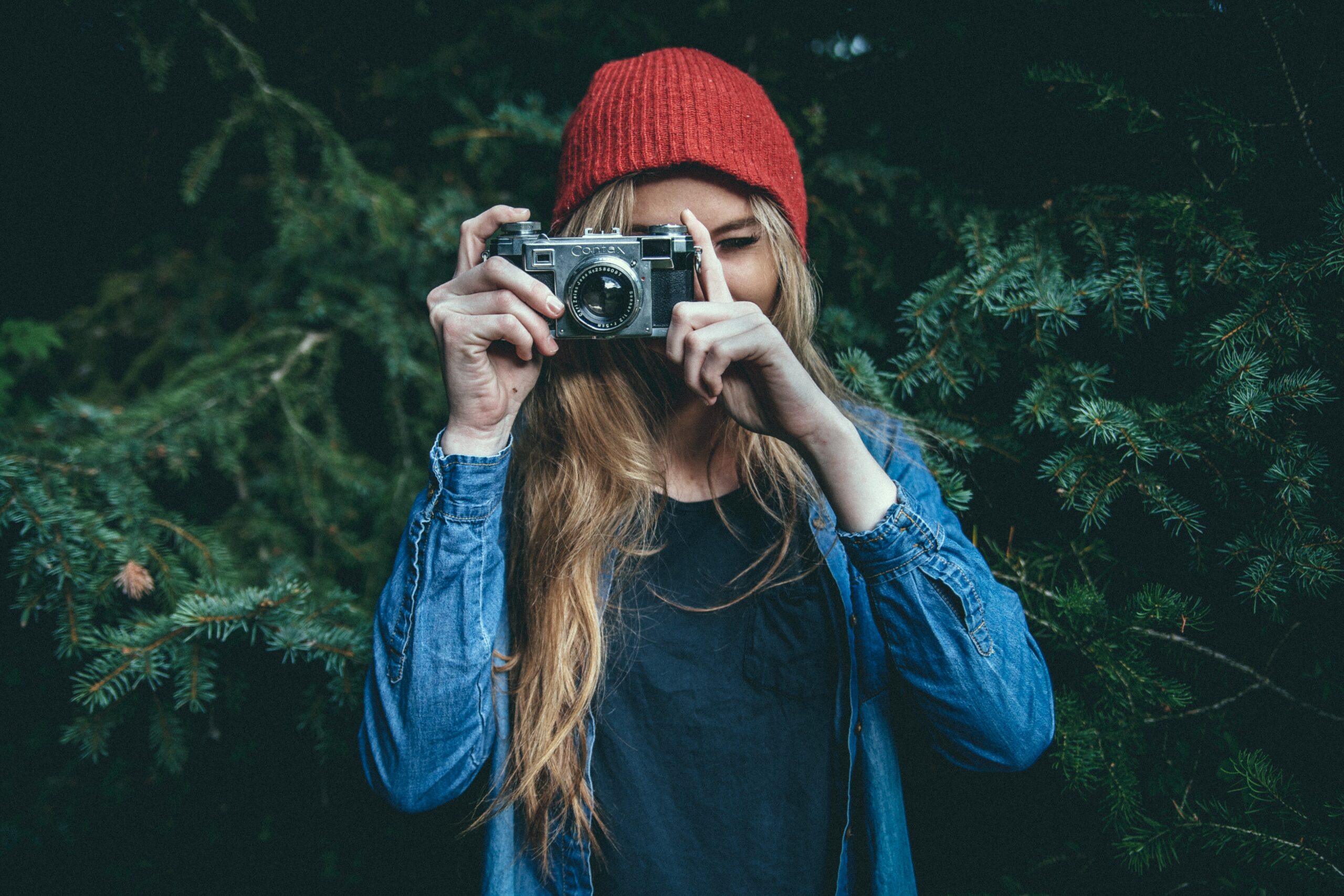Tutorial: How to Shoot Video With an iPhone
The use of iPhone video has skyrocketed. You may have heard of Tangerine, a movie that won considerable notoriety at this year’s Sundance Film Festival. It was one of the first to shoot a full-length feature film on an iPhone. Likewise, Modern Family aired a new episode this week that was entirely made using Facetime on iPhone and iPad. Although these filmmakers used other advanced tools, it’s clear that it is taking less to produce quality video.
In fact, according to a study done by DXOMark, the iPhone is the gold standard for smartphone video. With attractive colors in a wide range of lighting and an accurate autofocus, it’s not entirely strange that we’re seeing it incorporated in commercial use. Of course, an iPhone does not compare to the processing power of other commercial grade cameras such as the Arri Alexa, but the iPhone proves that good video can now be captured at a fraction of the expense.
Coming from a background in film, shooting with an iPhone seemed easy in comparison to the tools I normally work with. To be honest, it may have been more difficult in some cases.
First, I noticed immediately that the storage space on iPhone can be a huge setback when filming. Unless you have a 32 gig iPhone, it doesn’t take much to fill your memory. I had to be mindful of how long I could roll, and immediately deleted scenes if I knew they were unusable. Not only that, but I also had to delete several photos and apps on my phone to get a little extra mileage. All of this can be a little frustrating, especially when the camera ran out of space in the middle of a scene.
Second, editing on an iPhone is rough. Even with the advanced apps available in the marketplace, it still feels clumsy to edit video with your fingers. Like I mentioned in the video, iMovie is all you need to edit. But, I’m convinced it’s still easier to edit on a computer. If you have access to it, programs such as Adobe Premiere or Final Cut give you much more freedom and capability. As good as editing applications might have become, I’m certain they will never have the complexity and usefulness of a real program.
I confess; I may have cheated. In the intro, I explained that the video was shot, edited and recorded all on an iPhone. While this was the goal, and I believe I accomplished it, Cody convinced me that it was still necessary to perform a little post-production quality control. In the end, we still used Adobe Premiere to perform a little color grading, as well as Adobe Audition and Waves to edit the sound.
Lastly, the biggest problem I faced was talent. I’m not typically in front of a camera, and I’d honestly be ok if I never found myself there again. Perhaps I’m just camera shy, but I’ve found a whole new respect for news anchors and actors. I learned how important it is to have a clear understanding of what you’re going to say and how you’re going to say it. You may want to recruit someone from your team that you feel would look most comfortable and confident. Otherwise, you may have someone who looks as awkward as me.
I hope you enjoyed this tutorial. I’d love to see what you can come up with on your own. Have any questions? Send me an email at cody@brandcave.co.

